Travel Behavior
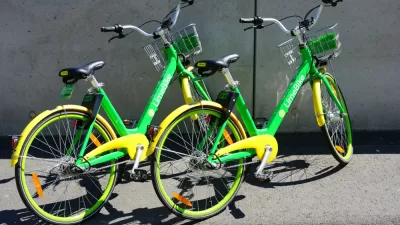
Boston-Area Bikeshare Findings Help Identify Planning Priorities
An analysis of Lime bikeshare data from Boston suburbs is providing useful information about travel behavior and trends.
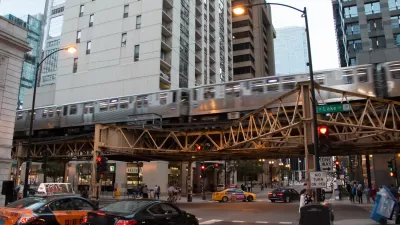
Ride-Hailing Report Examines Effects on Chicago's Congestion
A new report looks at how the increase of ride-hailing in Chicago is affecting infrastructure and mobility.

L.A. Metro Report Examines How Women Travel
Findings from a new study about the mobility needs and concerns of women in Los Angeles will inform future initiatives and planning.
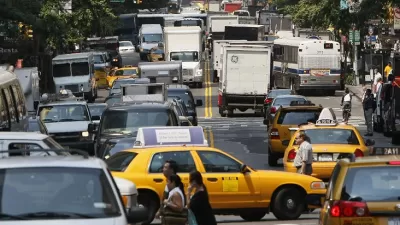
Fun With Statistics: Factors Affecting Motor Vehicle Travel
A few graphs provide insights into factors that affect the amount of motor vehicle travel in a community, and how driving can be reduced.
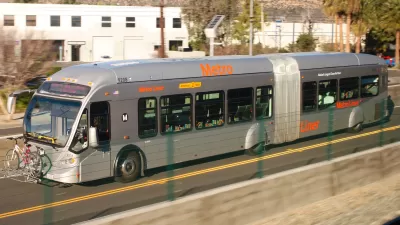
Thinking Outside of the Transit Box in L.A.
Metro is analyzing new geolocational data to look beyond conventional understandings of travel behavior.
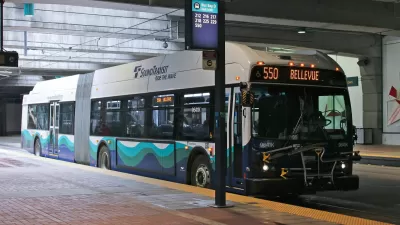
Puget Sound Travel Survey Highlights What's Influencing Region’s Travelers
The 2017 survey shows that most people drive, but income and housing location also affect people’s options and choices.
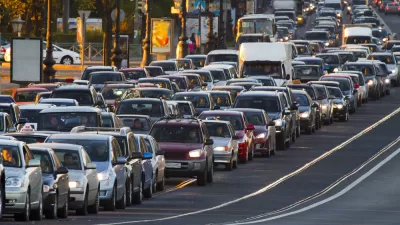
Level of Service, the Wrong Performance Measure
The use of level of service (LOS) to gauge the success of roadway networks has shaped and influenced cities in many negative ways.
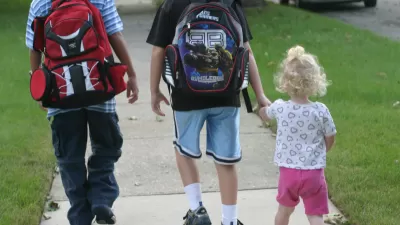
Kids Still Aren't Walking to School
Two generations ago, most children walked to school. But the numbers have dropped significantly.

Ride Hailing and Travel Behavior: It's Complicated
A pair of new studies add to an emerging scientific model of the effect of transportation network companies like Uber and Lyft. The complication: One study reinforces earlier findings, and the other contradicts.

Changing Travel Behavior: We Are Traveling Less, and More
We are in perhaps the most dynamic period with respect to changes in travel behavior in the past 50 years. Chose your data wisely.
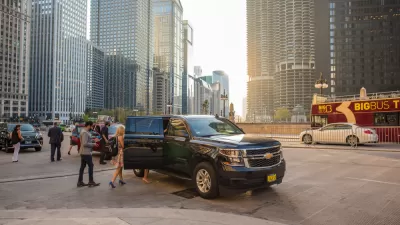
New Research on How Ride-Hailing Impacts Travel Behavior
Useable data of the effects of ride-hailing service on travel behavior is sorely lacking, but a new study sheds light on critical questions about what companies like Uber and Lyft mean for transit, active transportation, and congestion.
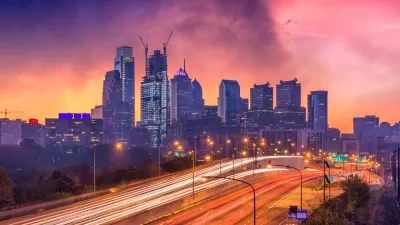
Travel Trends: Are They Changing?
Recently released travel data show Americans returning to their cars as the economic recovery deepens. Alternative forms of transportation are not attracting new users.
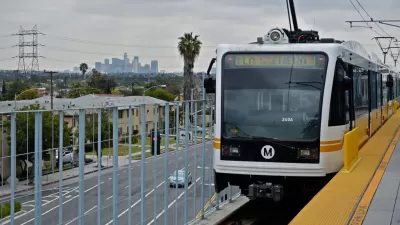
If You Build It, They Will Ride - Even in Car Crazy Los Angeles
A new study finds that within six months of opening, L.A.'s newest light rail line dramatically altered the travel behavior of those living within a half-mile of a station. Among those residents, rail ridership tripled and driving declined 40%.
The True Cost of Driving and Travel Behavior
Over the past few years a variety of documents ranging from contemporary media to more serious research efforts have addressed the cost of auto ownership and use. These estimates are often used to address two important transportation issues, the household benefits of using transit in lieu of auto ownership and/or the consideration of household location decisions in the context of the total cost of housing and transportation. Two often referenced sources of research on these issues are the Center for Neighborhood Technology’s (CNT) initiatives in developing a housing and transportatio
Are transit ridership numbers more pomp than substance?
The American Public Transit Association reports that transit ridership climbed to 10.3 billion trips during the first quarter of 2008, the “highest number of trips taken in fifty years.” That represents a 3.3 percent increase overall over the previous year while vehicle miles traveled, a measure of demand for car travel, fell by 2.3 percent, they observe.
Obsessive Behavior Saves Gas
NPR reports on 'hypermilers', drivers who practice active gas-saving techniques like braking lightly and combining trips. One hypermiler says he isn't doing it to be green: 'The environment I'm concerned with is my wallet.'
Saving Ginormous Amounts of Energy
I couldn’t wait to use the new word, ginormous, which Merriam-Webster recently added to the Collegiate Dictionary. My spell checker has been trained and now I can get about the business of saving ginormous amounts of energy. Recent bouts of ecoterrorism in the form of Hummer vandalism in Washington D.C. and the growing media attention to the environmental hypocrisy of the travel and housing habits of card-carrying carbon footprint club members (take a gander at the 10,000 sq. ft. home of Al Gore or the 28,200 sq.
Famous Seer Predicts Congestion Will Get Worse . . .
In spring 2007, the Texas Transportation Institute and its partners will release the newest version of the "Mobility Report." This eagerly-awaited document will chronicle the worsening congestion in urban and suburban America. The report typically spawns a frenzy of media stories as folks eagerly peruse the ranking lists finding out just how their area did. While methodology tweaks and data issues might add a few wrinkles, no one will be surprised to see congestion worse than the prior report two years ago. Surprise, surprise!
Urban Design for Planners 1: Software Tools
This six-course series explores essential urban design concepts using open source software and equips planners with the tools they need to participate fully in the urban design process.
Planning for Universal Design
Learn the tools for implementing Universal Design in planning regulations.
Heyer Gruel & Associates PA
JM Goldson LLC
Custer County Colorado
City of Camden Redevelopment Agency
City of Astoria
Transportation Research & Education Center (TREC) at Portland State University
Jefferson Parish Government
Camden Redevelopment Agency
City of Claremont


































